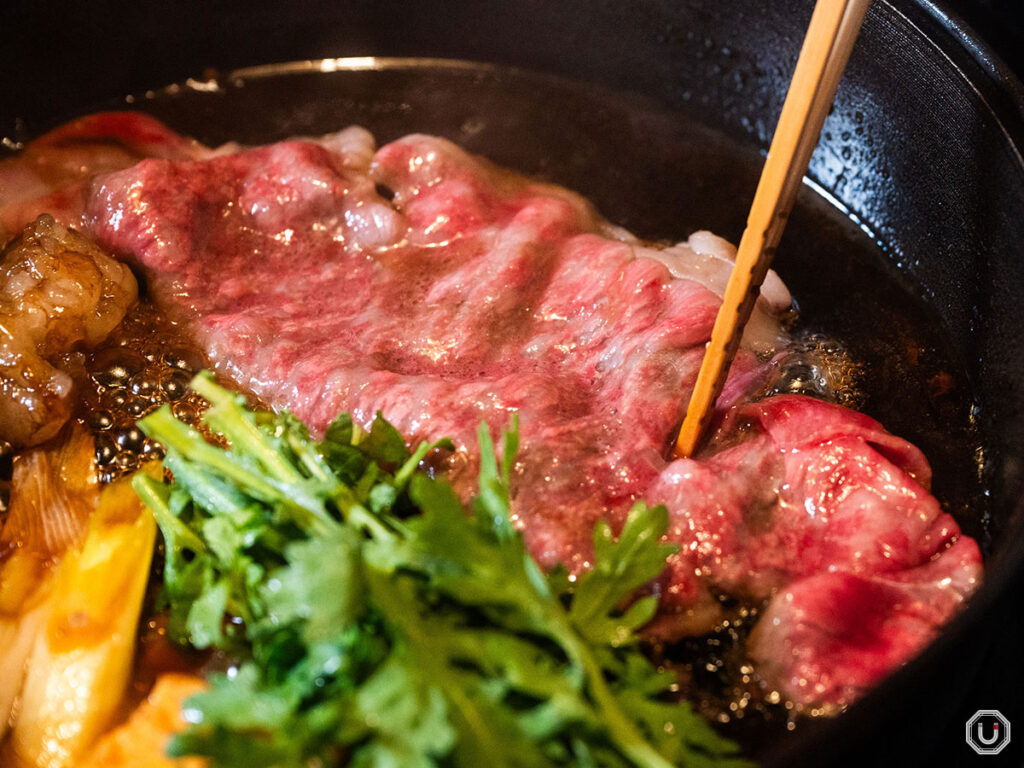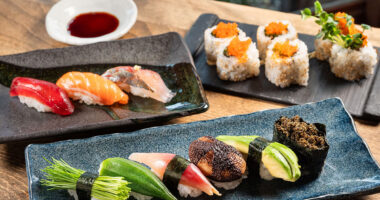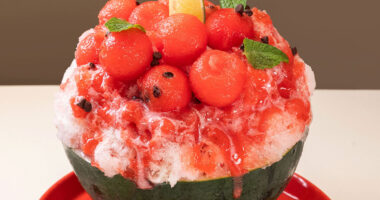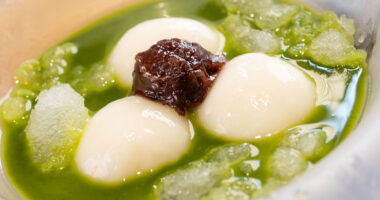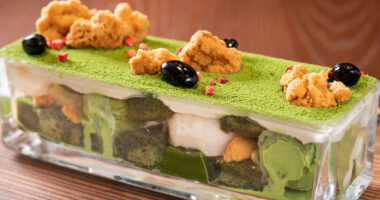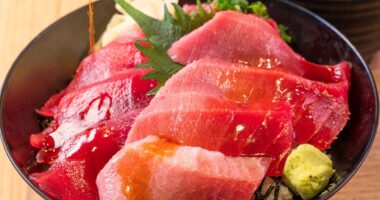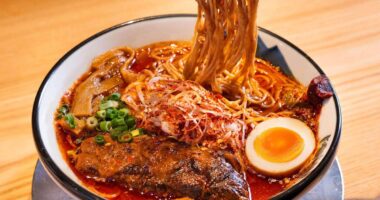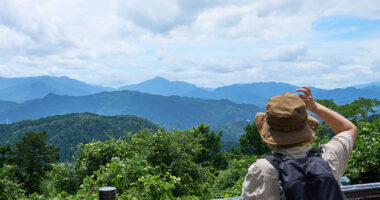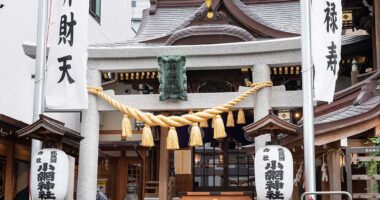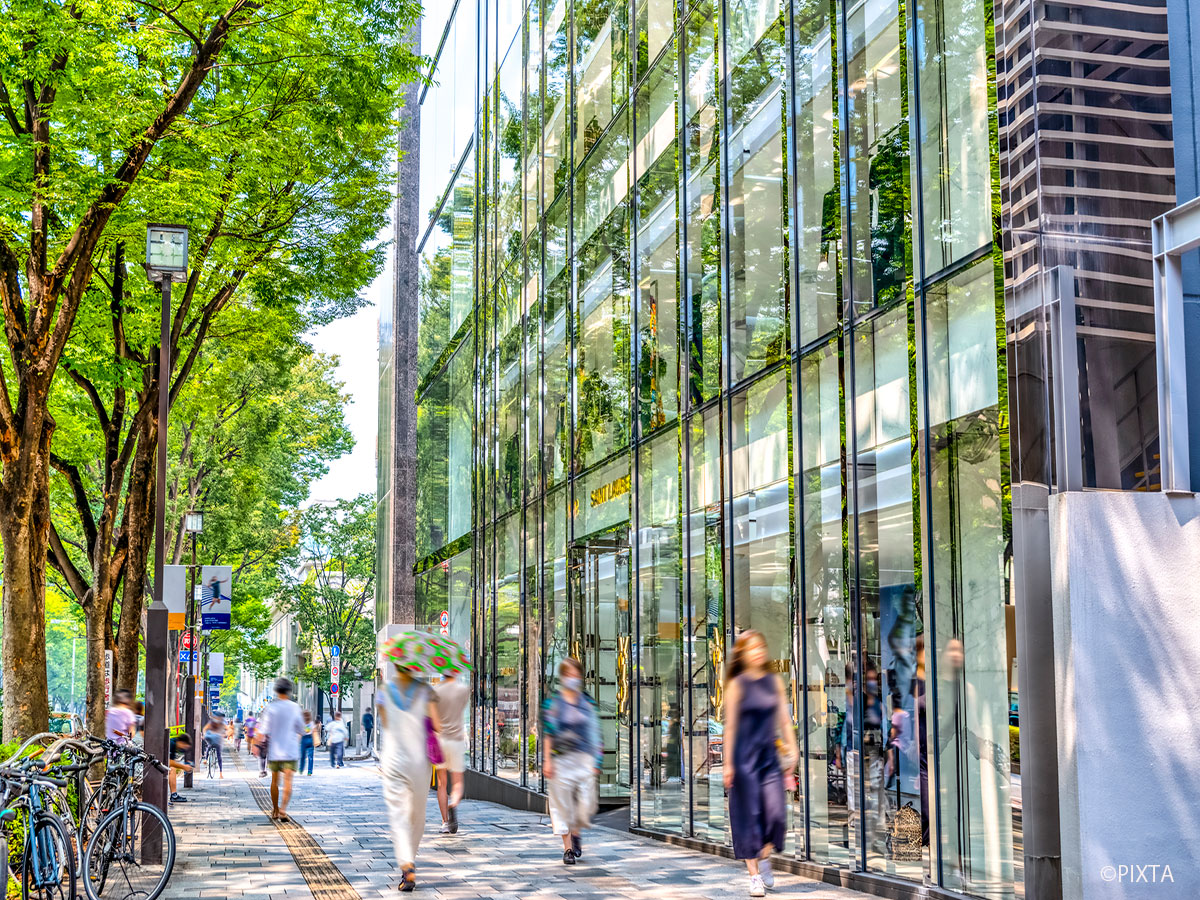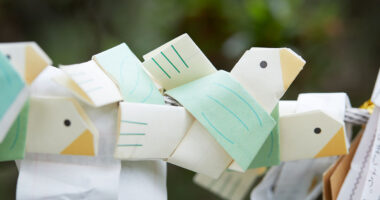Kioichō in Tokyo was once home to famous feudal lords in the Edo period.
This area, steeped in Edo history, is lined with renowned high-end Japanese restaurants that exude luxury.
Among these restaurants in the area, one we would like to introduce is Kioichō Kichiza.
The kaiseki (traditional Japanese multicourse meals), composed of seasonal ingredients, are crafted with meticulous care right down to the dishware, delighting visitors with high-quality hospitality.
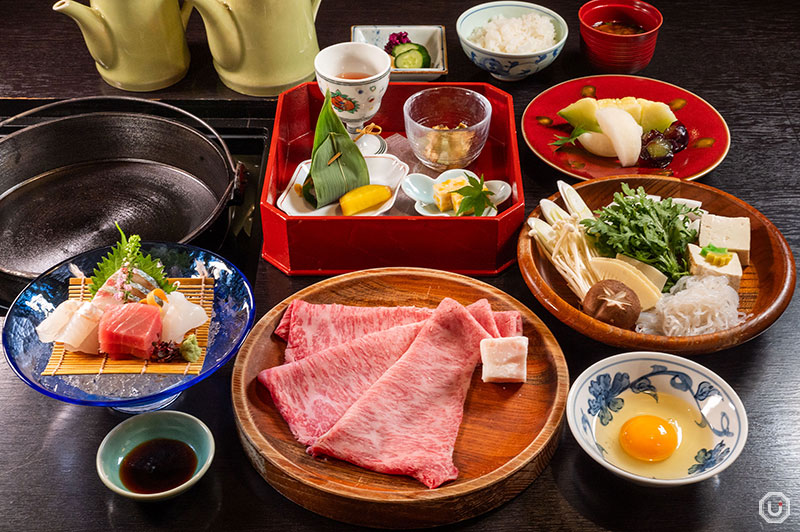
“黒毛和牛すきやき会席,” Kuroge Wagyu Sukiyaki Kaiseki 18,000 JPY (tax included)
At Kioichō Kichiza, the “Kuroge Wagyu Sukiyaki Kaiseki” reflects the essence of Japanese aesthetics in its dishes. It’s a course consisting of starter dishes, sashimi, wagyu beef sukiyaki, and more.
Each dish is crafted with carefully selected ingredients chosen by professional connoisseurs.
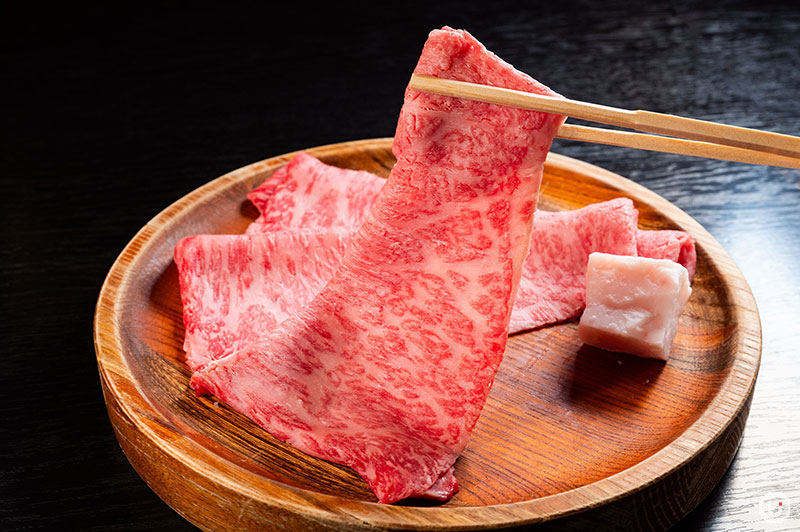
You can choose from Kuroge Wagyu or Kobe Beef
For the main course, the restaurant uses female Kuroge Wagyu beef from Kagoshima Prefecture.
The beef is cut to a precise thickness—not too thin, not too thick—to showcase the tender texture that Kuroge Wagyu is known for.
Seven types of vegetables are simmered with the wagyu: long green onion, onion, chrysanthemum greens, bamboo shoots, enoki mushrooms, and shiitake mushrooms.
Other classic sukiyaki ingredients like tofu, shirataki noodles, and wheat gluten are also included, all simmered in a soy sauce-based broth called warishita.
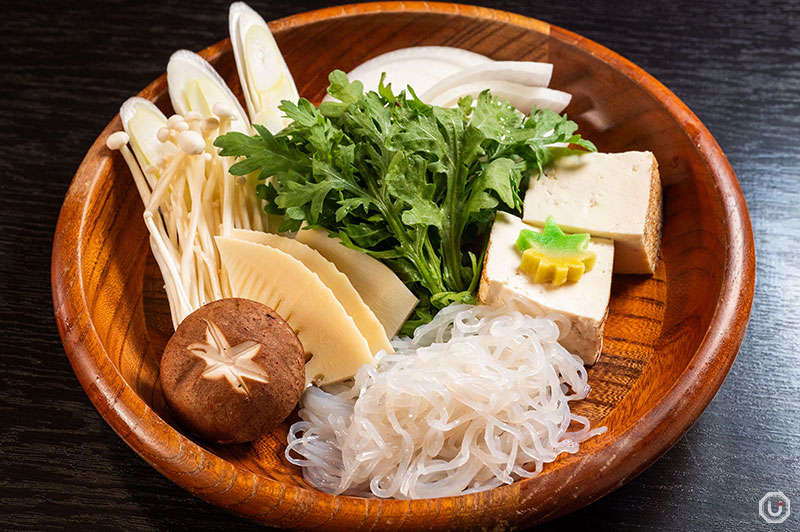
Assorted vegetables
While many restaurants let customers cook sukiyaki themselves, this can make it difficult to judge the proper simmering time. However, at Kioichō Kichiza, you can rest assured in that regard, as staff will prepare the meal right in front of you.
They consider the optimal cooking time for each ingredient and the diner’s pace, while handling the cooking from start to finish.
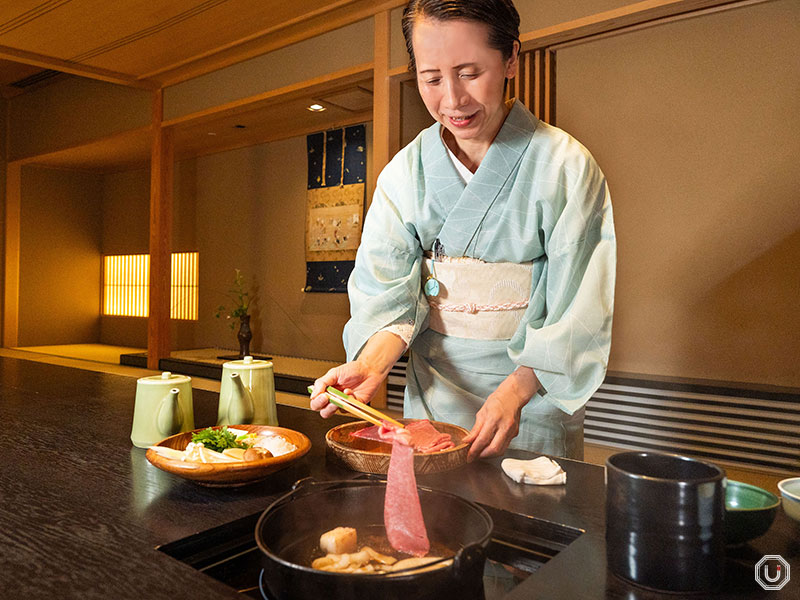
Kimono-clad attendants provide service from serving to cooking
Sukiyaki cooking methods vary by restaurant and region. At Kioichō Kichiza, they start by cooking only onions with beef fat. As they pour in the warishita and simmer the wagyu, an appetizing aroma gradually fills the air.
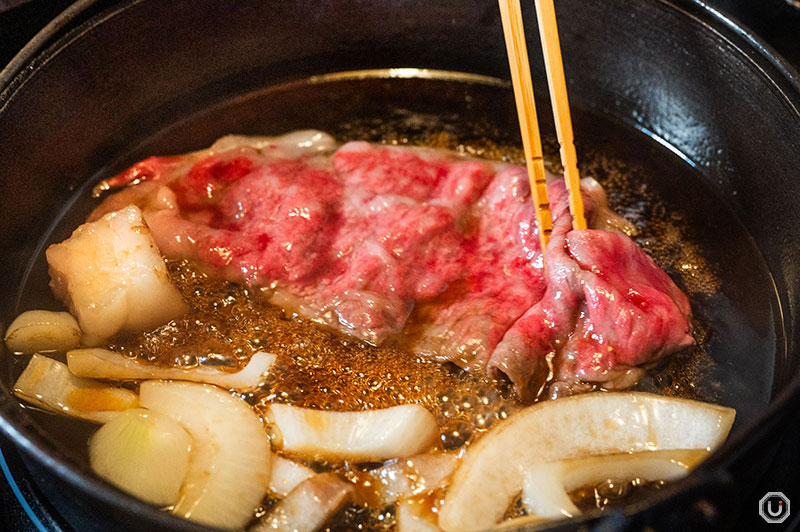
The wagyu, perfectly cooked and served in a bowl, is tender yet has a satisfying texture with a pleasant chew, releasing juicy flavors with each bite.
The warishita is less sweet, creating an excellent balance with the rich umami of the wagyu.
This meticulously crafted flavor can truly be called exquisite!
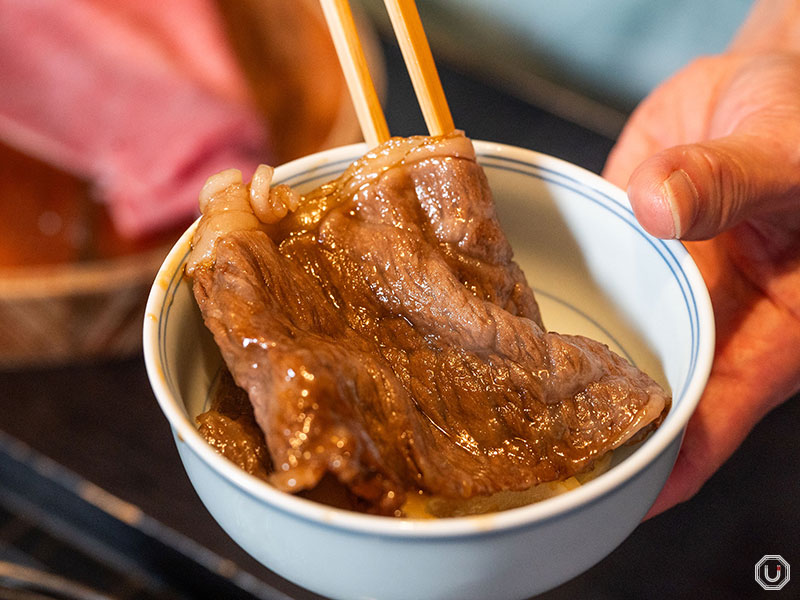
As the attendant continues to cook skillfully, you can simply relax and enjoy the delicious wagyu.
You can dip the beef in beaten egg before eating, enjoy it with rice, or savor it however you like!
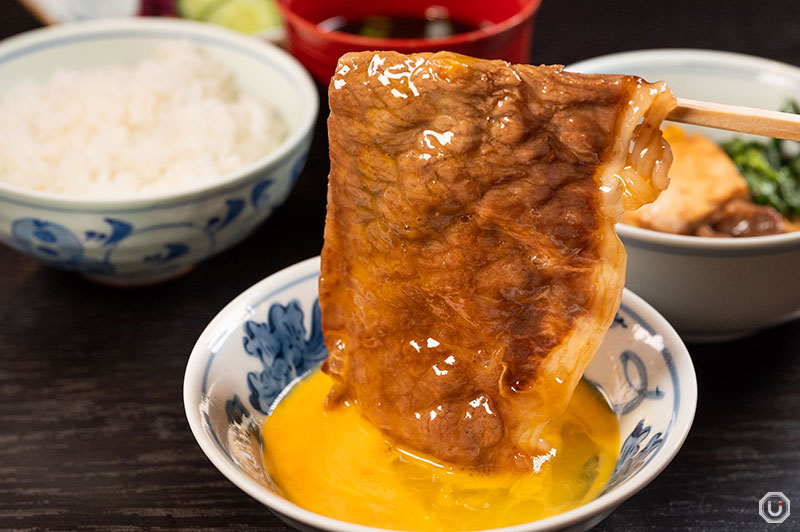
Kioichō Kichiza’s luxurious kaiseki dishes reflect Japanese beauty
The appetizers in the kaiseki course, made with seasonal ingredients, are all elaborate dishes.
The menu changes with the seasons, allowing you to enjoy uniquely Japanese flavors.
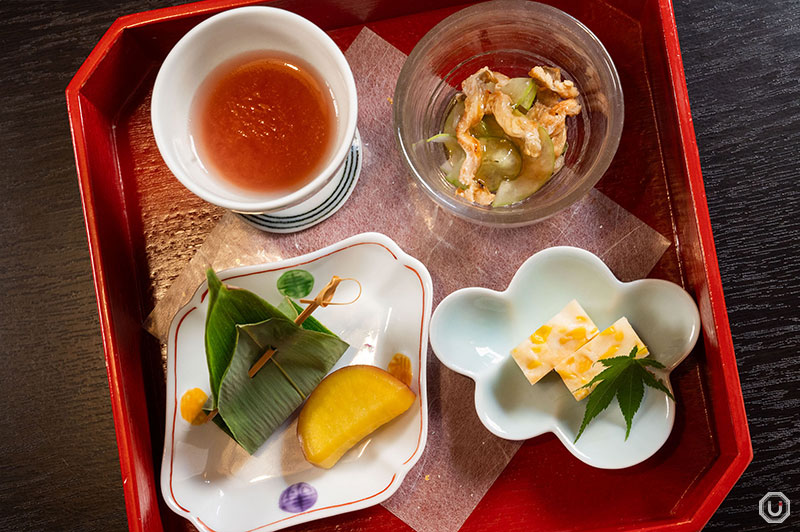
Starter dishes from the time of our visit, August 2024
For example, one of the appetizers, “Unagi Bamboo Leaf Maki-Sushi,” uses unagi eel, commonly enjoyed in Japan as a summer delicacy. The sushi, made with softly grilled eel, is wrapped in bamboo leaves.
“Grilled Conger Eel and Shirouri Melon with Tosa Vinegar Jelly” is a dish where conger eel and shirouri melon (also known as oriental pickling melon) are dressed with vinegar jelly, offering a refreshing taste that can be eaten lightly.
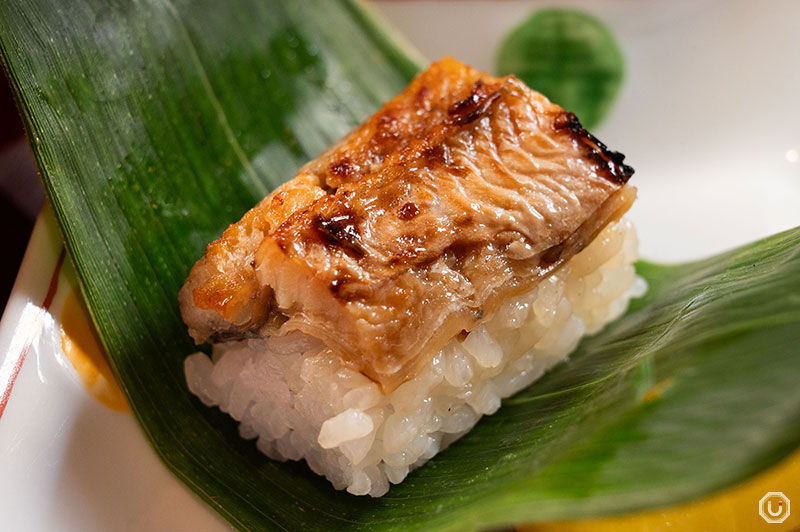
“鰻笹巻き寿司,” Unagi Bamboo Leaf Maki-Sushi
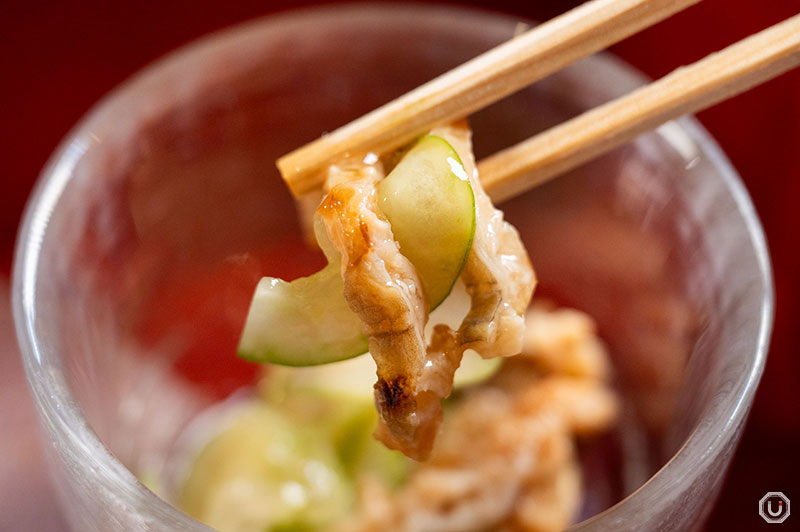
“焼き穴子と白瓜の土佐酢ジュレ和え,” Grilled Conger Eel and Shirouri Melon with Tosa Vinegar Jelly
The shinjo/shinjō (a steamed dish made from ground fish, yam, and egg white) is vibrantly yellow with corn. The chewy texture is accented by the popping sensation of corn kernels
Other appetizers like the “Tomato Tofu” and “Maruju Lemon-simmered Sweet Potato” are all exquisite, each with its own special touch.
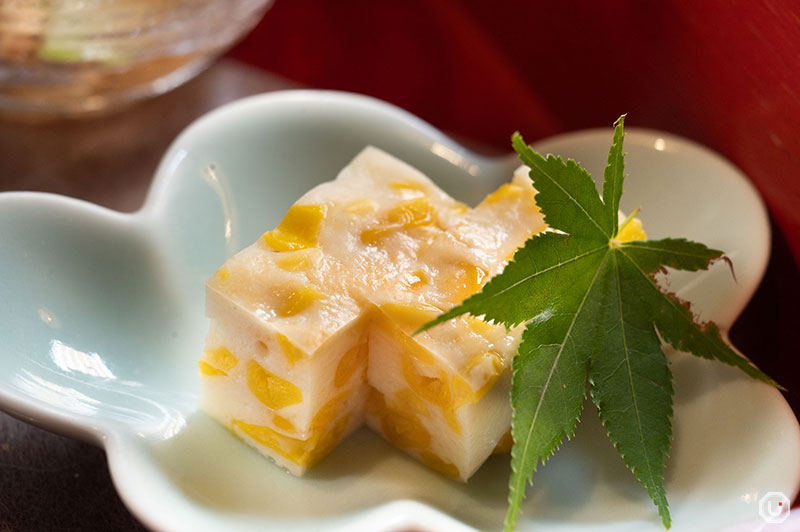
“玉蜀黍真丈,” Corn Shinjo
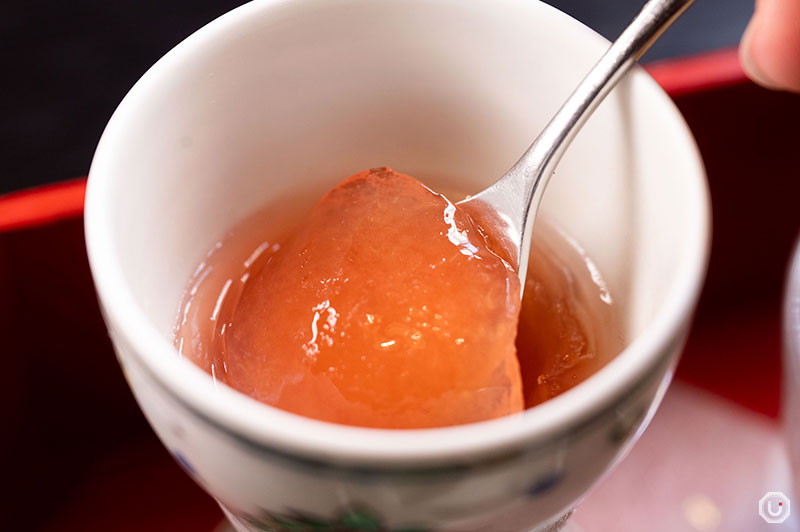
“トマト豆腐,” Tomato Tofu
The otsukuri (another word for sashimi) includes four types: sea bass and striped jack (both in season during summer), along with tuna and squid. The dish is set on crushed ice, providing a cool respite from the summer heat.
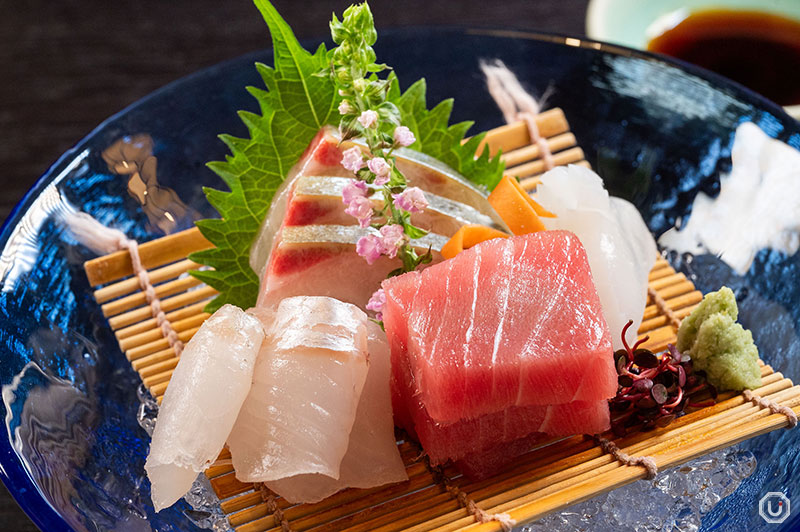
“お造り,” Otsukuri (sashimi)
For both the appetizers and sashimi, try to be conscious not only of the seasonal ingredients but also the temperature, taste, aroma, and even the sound they make as you bite into them.
Creating dishes that can be enjoyed with all five senses is part of the hospitality in the world of Japanese cuisine.
Moreover, you can feel a sense of that attentive hospitality in the very space itself.
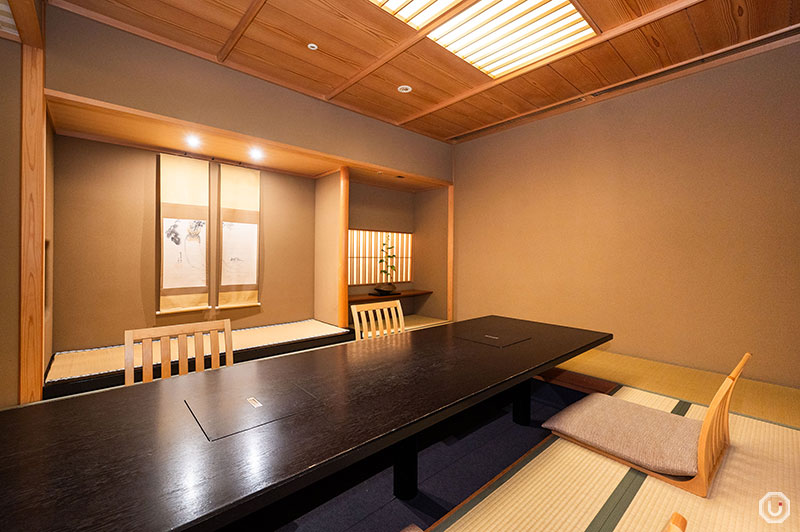
A private tatami-mat room with a traditional low table
The Japanese-style rooms are decorated with hanging scrolls and seasonal fresh flowers in a hanaire (flower vases used in tea ceremony), creating a refined and beautiful atmosphere.
These carefully curated details make Kioichō Kichiza a popular choice for special occasions.
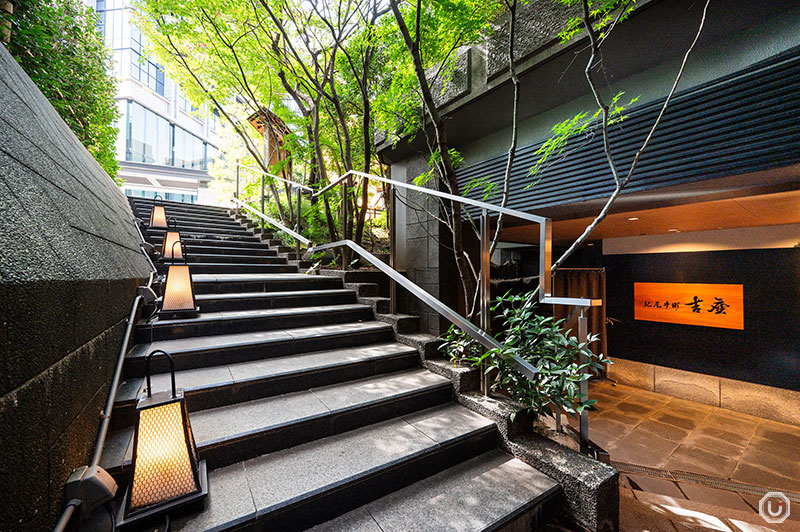
Kioichō Kichiza’s exterior
If you’re looking for high-quality hospitality and a taste of the essence of Japanese cuisine, Kioichō Kichiza is the perfect place. It’s a must-visit restaurant for those who want to enjoy authentic Japanese cuisine or make their time in Tokyo more special.
Information
| Store name | 紀尾井町 吉座 Kioichō Kichiza |
|---|---|
| Address | Nippon Kaiji Kyokai Administration Center Annex B1F, 3-3 Kioichō, Chiyoda-ku, Tokyo
|
| Access |
Kojimachi Station 4-minute walk from Exit 2
Akasaka-mitsuke Station 6-minute walk from Exit D
Nagatachō Station 7-minute walk from Exit 7
|
| Phone number | 03-3222-5061 |
| Reservations | Accepted Official website |
| Payment |
|
| Service charge/Table charge |
Daytime
Nightime
|
| Hours | Mon-Fri. 11:30-14:30(last order 14:00), 17:30-22:00(last order 21:00) Sat-Sun. & nat’l holidays 11:30-15:00(last order 14:00), 17:00-22:00(last order 20:00) |
| Closed | No fixed holidays Unscheduled holidays |
| Seating | 92 seats 24 table seats, 14 private dining room seats (with tables), 54 private tatami room seats |
| Smoking | All seats are non-smoking |
| Official website | http://kioicho-kichiza.com/en/index.html |
| Other information |
|
※Menu contents, prices, store information, etc. are current as of September 2024.
